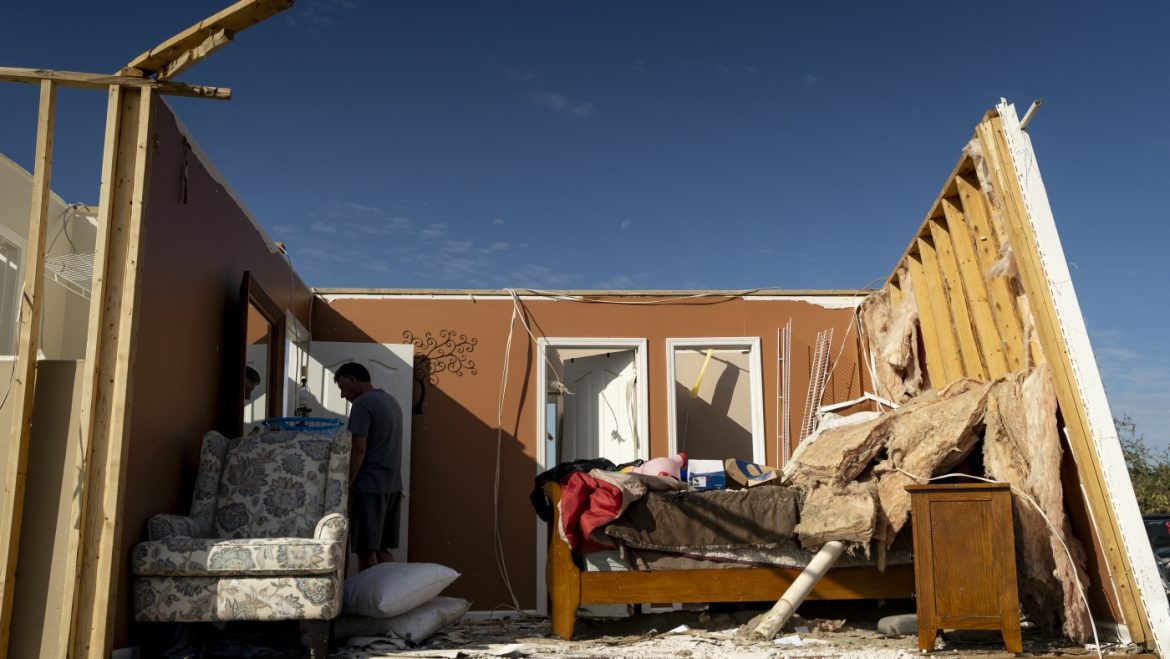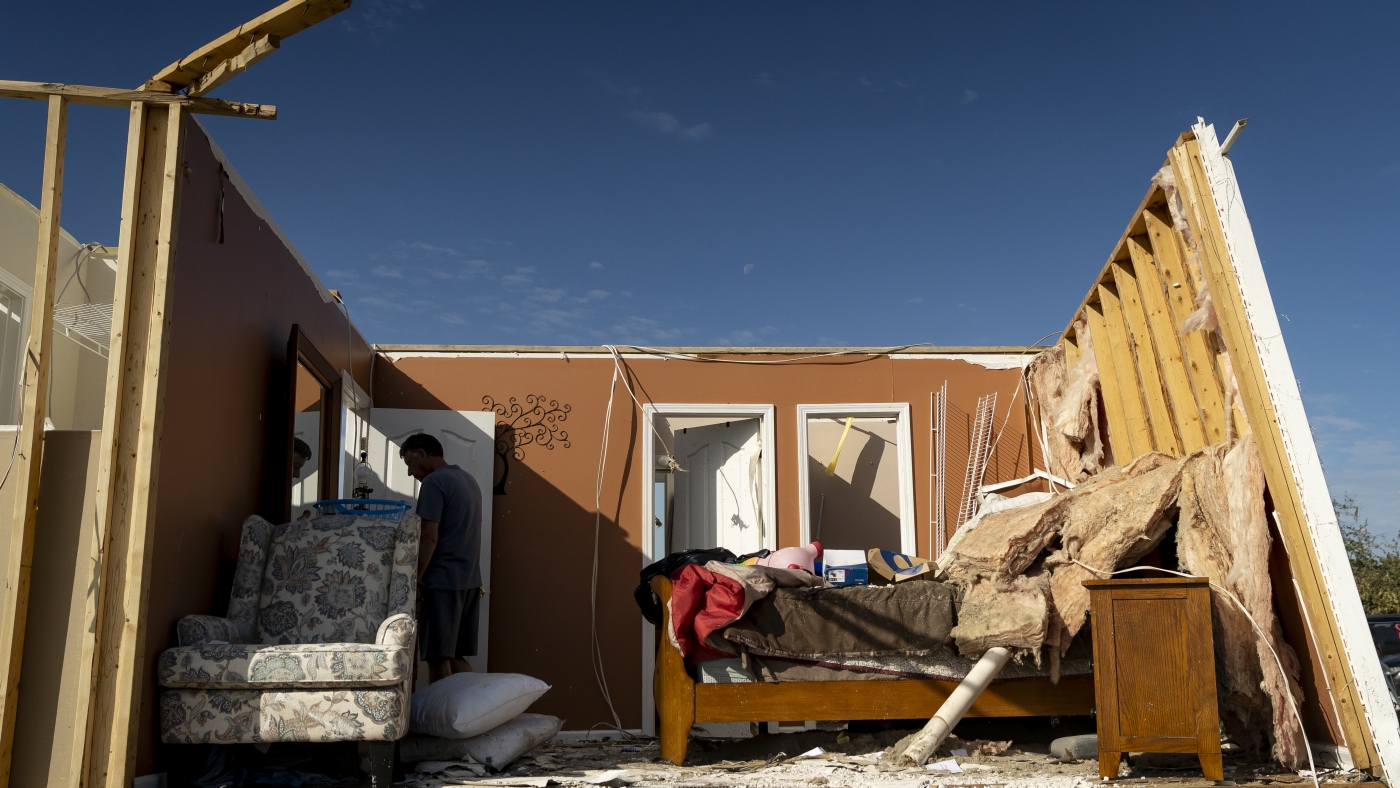The Rising Tide of Home Insurance Costs in Tornado Alley and Beyond: A Climate-Driven Crisis
The increasing frequency and intensity of severe weather events across the United States—especially in the Midwest’s Tornado Alley and adjacent areas—have dramatically reshaped the home insurance landscape. This report delves into the multifaceted causes and consequences of soaring homeowner’s insurance premiums, the outsized role hailstorms play compared to tornadoes, and the industry’s struggle to adapt to climate-driven risks. It also explores homeowners’ experiences and what the future might hold for insurance markets exposed to convective storms.
Climate Change as the Silent Catalyst Behind Rising Insurance Costs
Rising home insurance premiums are among the most visible symptoms of the climate crisis in the US. Data show that supercharged thunderstorms, hailstorms, and tornadoes have increased in severity and geographic reach. The traditional bounds of “Tornado Alley” are shifting, extending south and east into states unaccustomed to such risk, such as Alabama and Mississippi. Demographic changes—including urban sprawl into vulnerable areas—and an aging housing stock with less resilient roofs exacerbate exposure.
These evolving weather patterns place unprecedented strain on insurance carriers. Insurers face mounting claims from extreme convective storms—thunderstorms characterized by hail, tornadoes, and high winds. The accumulated losses challenge the viability of underwriting policies in affected regions, prompting some to tighten coverage terms or hike premiums markedly.
Hail: The Underappreciated Villain Behind Insurance Rate Hikes
While tornadoes often command media attention due to their destructive spectacle, hailstorms quietly inflict far greater financial damage. Unlike tornadoes—which tend to impact localized areas—hailstorms usually cover broad geographic ranges, damaging roofs, siding, windows, and vehicles en masse.
Recent analyses and industry reports underscore that hail damage constitutes up to 60% of certain high-cost home insurance policies, particularly in so-called “hail alleys” across Tornado Alley and parts of Colorado. One devastating example is the August 2024 Calgary hailstorm, which caused an estimated $2.8 billion in damage, highlighting hail’s immense and underrecognized economic footprint.
Due to the pervasive nature of hail damage, insurers now impose rapidly rising deductibles and surcharges, especially on homes with older or vulnerable roofs. The costly repairs required often spawn multiple claims that cumulatively push premiums upward and sometimes lead insurers to exit high-risk markets altogether.
The Impact on Homeowners: Financial Strain and Diminishing Coverage
Homeowners increasingly face disconcerting realities: premiums that soar beyond affordability, altered policy terms, or outright refusals to insure properties in vulnerable locations. This is not limited to the Midwest but extends to states susceptible to hurricanes, wildfires, and other climate-induced perils—Florida, Louisiana, and California being prime examples.
For residents in tornado- and hail-prone regions, the insurance challenge is twofold. First, standard home insurance policies generally cover wind and tornado damage but often exclude flood damage, necessitating separate policies. Second, frequent claims for weather damage can lead to incremental rate hikes, further squeezing household budgets.
Consequently, some lawmakers and stakeholders are exploring novel approaches to insurance and risk mitigation, seeking new models that balance affordability with financial sustainability in a changing climate reality.
Insurance Industry’s Response: Navigating Uncharted Waters
Faced with skyrocketing claims and mounting financial losses, insurance companies have responded with a mix of risk reassessment, market withdrawal, and policy modifications. Several large insurers report strategic tightening of coverage or pulling away from highly exposed regions, shifting more costs and risk to homeowners.
The proliferation of “wind-hail deductibles” means that policyholders shoulder a larger share of repair costs before insurers pay out. While this incentivizes better risk mitigation (such as roof upgrades), it also amplifies out-of-pocket expenses for many families.
Moreover, the insurance sector is investing in advanced risk modeling that integrates climate science, aiming to predict and price storm exposure more accurately. However, in the immediate term, these adjustments often translate into higher premiums for consumers.
Preparing for a Future of Increasing Convective Storm Losses
As storm activity intensifies and spreads, the economic toll of convective storms is projected to continue rising. Recent damage estimates doubled from $30 billion in 2022 to $60 billion for such storms, signaling escalating vulnerability.
Insurance experts urge homeowners in Tornado Alley and similar regions to proactively strengthen home resilience—roof repairs, storm-proof windows, and landscape modifications—to reduce damage potential. Understanding the nuances of coverage—what is included or excluded—and shopping for comprehensive policies tailored to inherent risks becomes vital.
At a systemic level, collaboration among insurers, policymakers, and communities is necessary to develop sustainable frameworks. This could involve public-private partnerships, revised building codes, or novel insurance products that account for emerging climate realities.
Conclusion: A New Normal for Home Insurance Amid Climate Uncertainty
The soaring costs of homeowner’s insurance across Tornado Alley and other storm-prone regions reveal how climate change is reshaping everyday financial risks for Americans. Hail emerges as a surprisingly dominant culprit behind rate surges, representing a broad and costly hazard that rivals more conspicuous tornado damage.
Homeowners face tough choices: pay higher premiums, invest in storm mitigation, or sometimes risk going uninsured. Insurance providers, meanwhile, must recalibrate traditional practices to survive increasing natural disaster claims.
This evolving crisis underscores a broader truth—home resilience and risk protection in an age of climate volatility demand ingenuity, investment, and adaptive strategies from individuals, insurers, and governments alike. The home insurance industry, once taken for granted, now stands at a pivotal crossroads shaped by the changing storms of our time.


